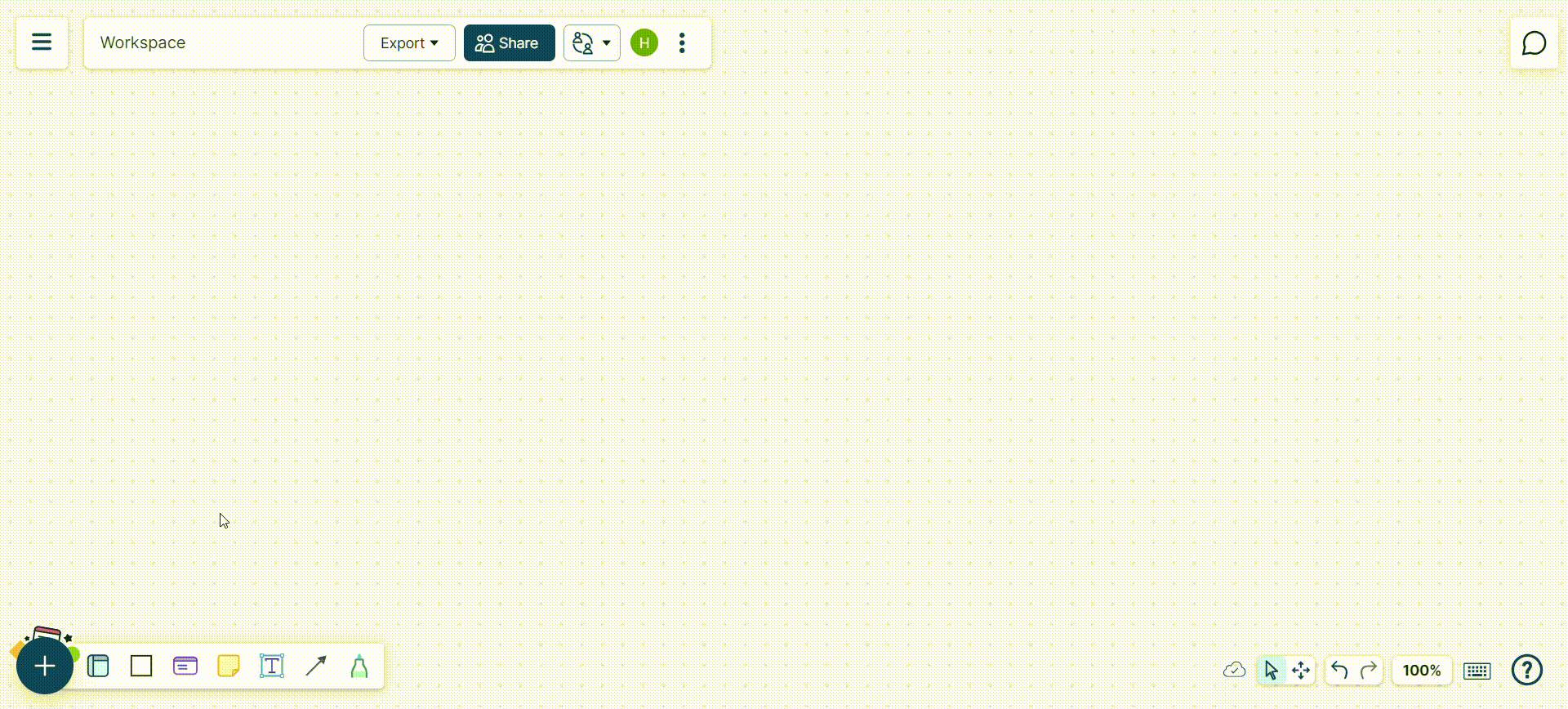Artificial intelligence (AI) is undoubtedly a game changer you can use to transform your business. In the ever-changing business world, leveraging AI to generate marketing intelligence will help you achieve your strategic goals faster and more efficiently.
In this blog post, we will tell you how you can use the power of AI to generate a comprehensive SWOT Analysis to get strategic clarity.
If you want to learn more on SWOT Analysis, I recommend reading this comprehensive guide on SWOT analysis framework.
What is AI SWOT Analysis?
AI SWOT analysis is a strategic planning tool that uses AI to help you identify and evaluate the internal and external factors that affect your business or project. AI SWOT analysis can help you:
Understand your current situation and performance
Identify your competitive advantages and disadvantages
Discover new opportunities and threats in the market
Develop strategies and action plans to achieve your goals
Monitor and evaluate your progress and results
AI SWOT analysis is similar to a traditional SWOT analysis, but with some key differences. AI SWOT analysis uses natural language processing (NLP) and natural language generation (NLG) to analyze your data and generate a SWOT matrix. NLP is the ability of AI to understand and process human language, while NLG is the ability of AI to produce human-like text.
Generating a SWOT Analysis using AI can save you time, money and effort by automating the process of data collection, analysis and presentation. AI SWOT analysis can also provide you with more accurate, objective and comprehensive insights than a human analyst.
Also about common mistakes to avoid when creating a SWOT analysis.
AI SWOT ANALYSIS Template
Steps to Generate a SWOT Analysis Using AI
To generate a SWOT analysis using AI, you need to follow these steps:
1. Define your Objective
What is the purpose of your SWOT analysis? What are you trying to achieve? For example, you may want to launch a new product, enter a new market, or improve your customer satisfaction.
2. Collect Your Data
What are the sources of information that you will use for your SWOT analysis? You can use various types of data, such as market research reports, customer feedback, competitor analysis, financial statements, etc. You can also use online tools like Google Trends, Google Analytics, or social media platforms to gather relevant data.
3. Choose an AI Tool
What is the best AI tool that can help you generate a SWOT analysis? There are many AI tools available in the market that can assist you with this task. Choose one that aligns best with your requirements.
4. Generate the SWOT Matrix
Once you have chosen an AI tool, you can use it to generate your SWOT matrix. Depending on the tool, you may need to provide some inputs or parameters for your SWOT analysis, such as the name of your business or project, the industry, the target audience, etc. The AI tool will then use its algorithms and models to create a SWOT matrix for you. The SWOT matrix will consist of four quadrants: Strengths (S), Weaknesses (W), Opportunities (O), and Threats (T). Each quadrant will contain a list of factors that affect your business or project positively or negatively.
5. Review and Refine
After generating your SWOT matrix using AI, you need to review it carefully and make sure it is accurate, relevant and complete. You may need to edit or delete some factors, add some missing factors, or reorganize the factors according to their importance or priority. You may also need to verify the sources and validity of the data and information used by the AI tool. You can use your own knowledge, experience and judgment to refine your SWOT matrix.
6. Use the SWOT Analysis for Strategic Planning
Once you have finalized your SWOT matrix, you can use it for strategic planning and decision making. You can use your SWOT matrix to:
Identify your core competencies and competitive advantages.
Address your weaknesses and overcome your challenges.
Exploit your opportunities and seize new markets.
Mitigate your threats and avoid potential risks.
Formulate your vision, mission, goals and objectives.
Develop your strategies, tactics and action plans.
Allocate your resources, budget and time.
Monitor and evaluate your performance and results.
Prompt Examples to Generate SWOT Analyses Using AI
Here are some prompt examples that you can use to generate SWOT analyses using AI. You can modify these prompts according to your specific needs and preferences.
Generate a SWOT Analysis for a [type of business] [product or service] based in [location].
Generate a SWOT Analysis for a [type of business] [product or service] based in [location].
- What do we do best?
- Which initiatives are underperforming and why?
- What new opportunities in the market are becoming available?
- What external factors pose risks to our business?
Generate a SWOT Analysis Using Creately VIZ
Creately VIZ is Creately’s AI-powered visual intelligence and ideas generator tool. It can automatically generate visuals with single prompts, providing insights and perspectives that enhance decision-making. With VIZ, users can create various types of diagrams using just a few words or prompts, and it transforms ideas into multiple visual frameworks. Whether you’re brainstorming, strategizing, or collaborating, Creately VIZ can help unlock innovation, automate workflows, and foster creativity within teams. It bridges the gap between conversations and actionable insights, making it a valuable tool for strategic thinking and collaboration.
Here’s how to generate a SWOT analysis using Creately’s AI assistant - Creately VIZ.

Wrapping Up
Using AI SWOT analysis, you can gain a deeper understanding of your strengths, weaknesses, opportunities and threats in any industry. You can also use AI SWOT analysis to develop effective strategies and action plans to achieve your goals. AI SWOT analysis can help you leverage artificial intelligence for your business success.
FAQs About AI SWOT Analysis
AI SWOT analysis can offer you several advantages over traditional SWOT analysis, such as:
Saving time, money and effort by automating the process of data collection, analysis and presentation
Providing more accurate, objective and comprehensive insights than a human analyst
Generating unique and original content that engages your audience






